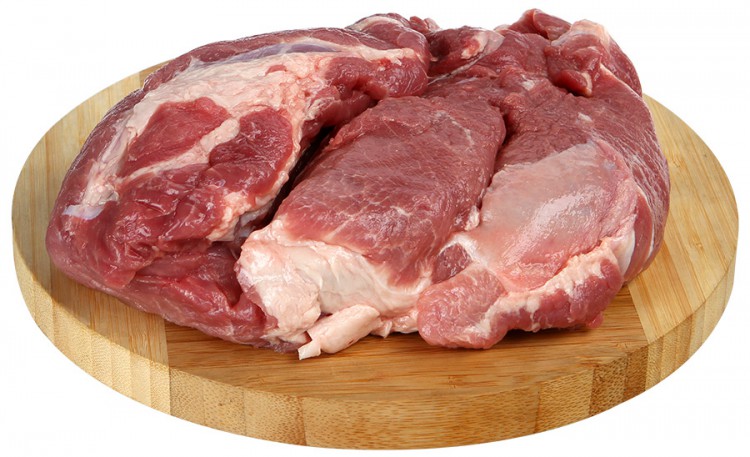USDA released its forecasts for global meat markets in 2023

Global beef production is forecasted to see marginal decline in 2023 to 59.2 million tonnes. Although production gains are expected in China, Brazil, and Australia, these will be offset by declines in the US and the EU.
Global exports are also forecast to decline, dropping 1.2% in 2023 to 12.1 million tonnes. This is linked to lower demand, particularly from China. Brazil is expected to achieve record high exports as key competitors such as Argentina, Paraguay, Uruguay, and India see supplies tighten. Reduced production is also expected to limit shipments to Southeast Asia from the US and Canada, which is anticipated to benefit Australia.
Global pork production is forecast to grow by 1.0% in 2023 to 111.0 million tonnes. This growth is predominantly driven by increased production in China (+2.0%). The US, Brazil and Mexico are also forecast to increase production by 0.7%, 1.6% and 4.6% respectively. Rising feed and energy costs, environmental restrictions and weaker demand means production in the EU and UK is expected to decline.
Although production is pegged to grow in 2023, global exports are forecast to decline 1.6% to 10.5 million tonnes. This is predominantly driven by lower import demand from China where the increased domestic supply will displace the need to import. EU exports are forecast to drop by 3.6% in 2023 as a result of the reduced opportunity to ship pig meat to China, as well as lower production. Import demand in the Philippines is also expected to decline (-18.2%) as, despite issues with ASF, import favouring policies come to an end at the end of 2022.
Global production of chicken meat is forecast 1.8% growth to 102.7 million tonnes in 2023. Despite high feed and energy costs squeezing profitability globally, all major producers other than China are expected to see an expansion in production. This is spurred on by robust demand as consumers seek lower-cost animal proteins amid rising food prices.
Global exports of chicken meat are forecast to increase by 3.7% in 2023 to 14.1 million tonnes. The growth is driven by strong demand in Brazil, Mexico, Saudi Arabia, the US and EU. Brazil looks to be well positioned to fulfil most of this increased demand as its key competitors struggle to grow exportable supplies. Competitive pricing, EU market access, and the ability to supply halal product combine to make it the world’s leading exporter, with over one-third of global shipments.
Read also
Wheat in Southern Brazil Impacted by Dry Weather and Frosts
Oilseed Industry. Leaders and Strategies in the Times of a Great Change
Black Sea & Danube Region: Oilseed and Vegoil Markets Within Ongoing Transfor...
Serbia. The drought will cause extremely high losses for farmers this year
2023/24 Safrinha Corn in Brazil 91% Harvested
Write to us
Our manager will contact you soon



